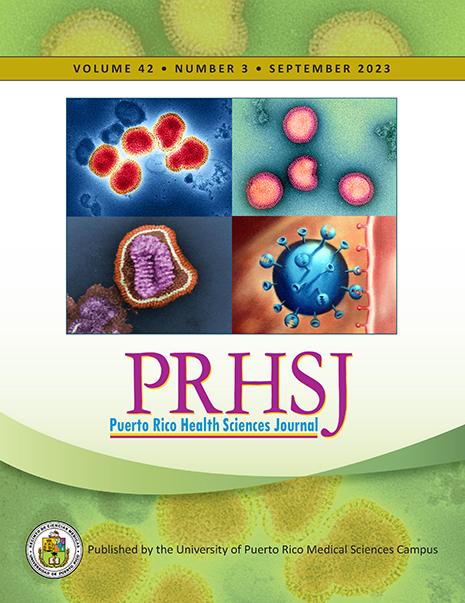Resumen
Objective: To evaluate a website for an educational intervention among participants of the Baby-Act Trial. Baby-Act is a community-based intervention to prevent infant obesity by promoting physical activity, sleep, and healthy eating behaviors in Women, Infants, and Children (WIC) program participants in Puerto Rico. The intervention was designed to be delivered through a mobile application, but after the study was launched, participants reported many difficulties, and an alternative educational platform was developed. Methods: Participants of the WIC program completed a face-to-face structured interview consisting of several open-ended questions. After completing the interview, they were instructed on how to access the newly developed webpage and completed the lessons found therein. Then followed a survey that explored the overall experience. Results: Nine participants were interviewed; they all agreed that the website was easy to access, registration was simple, and the webpage was clear; 8 were able to complete at least 1 lesson (1 participant had a very poor signal), and all 9 reported being confident in using the webpage and stated they would use it again. Conclusion: The study participants found this website to be user-friendly and a viable alternative for future educational intervention delivery to WIC participants.
Authors who publish with this journal agree to the following terms:
a. Authors retain copyright and grant the journal right of first publication with the work simultaneously licensed under a Creative Commons Attribution License that allows others to share the work with an acknowledgement of the work's authorship and initial publication in this journal.
b. Authors are able to enter into separate, additional contractual arrangements for the non-exclusive distribution of the journal's published version of the work (e.g., post it to an institutional repository or publish it in a book), with an acknowledgement of its initial publication in this journal.
c. Authors are permitted and encouraged to post their work online (e.g., in institutional repositories or on their website) prior to and during the submission process, as it can lead to productive exchanges, as well as earlier and greater citation of published work (See The Effect of Open Access).
